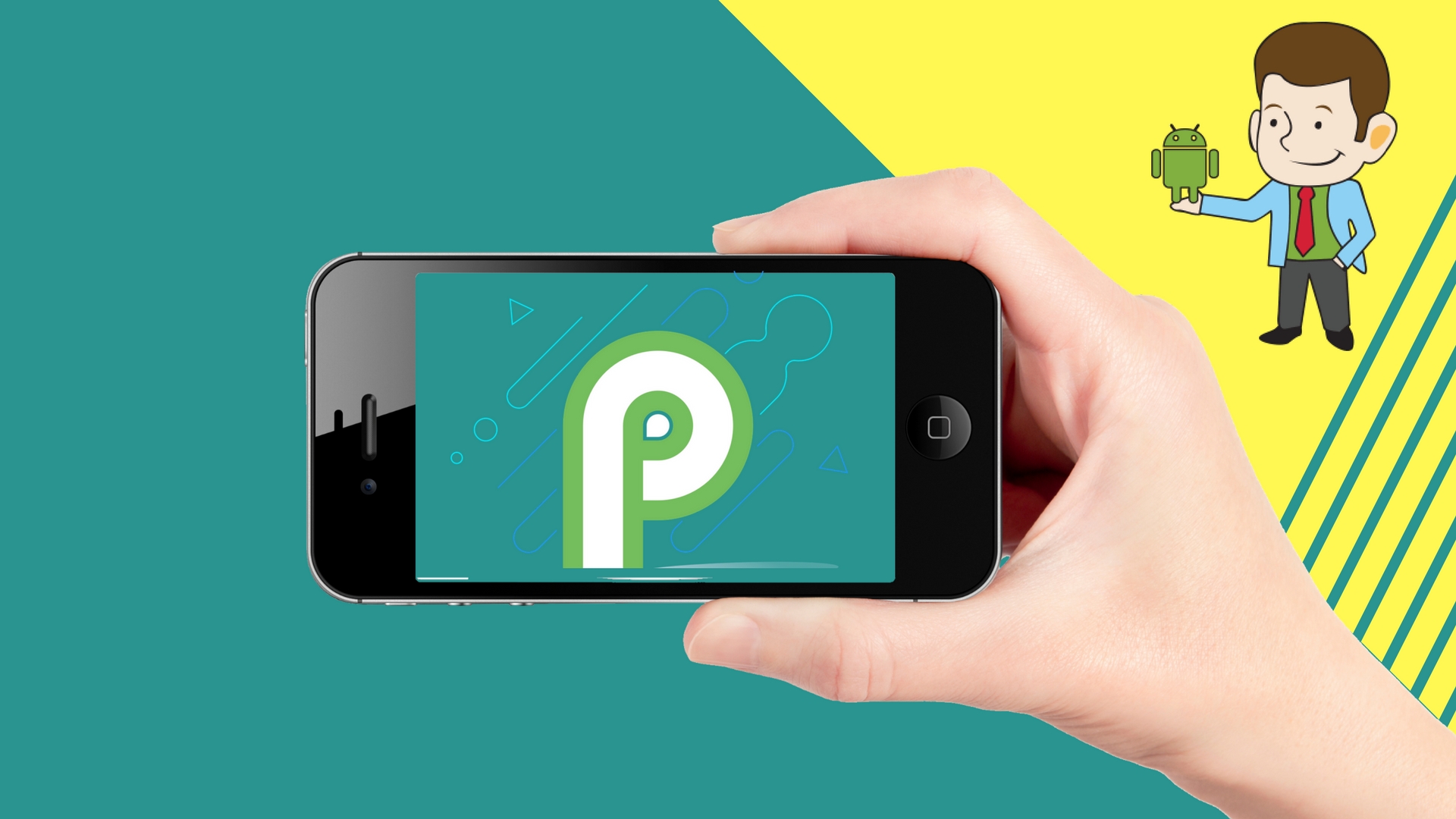Introduction:
On March 7, 2018, Google has announced its 9th major Android OS release for Android app developer preview and symbolized it as Android P among the Android Central developer community. The said OS release has several revolutionary and expected features.
Features of Android P Version
For instance,- It has a movable search bar and date widgets
- Room for intensive customization
- The ubiquitous presence of pixel launcher
- Picture-in-picture
- Tablet focused
- Quick availability
Quick & Wider Availability
Since the last couple of releases and updates, Google is trying to impose a policy that Apple has adopted since its birth. It is beating fragmentation issues by withdrawing support for older devices and OS versions. Being a proprietary ecosystem, it is easy to implement such policies for Apple Inc. It is pretty challenging for Google to be an open platform supporting open-source OS, and a big alliance consists of several hardware manufacturers. Therefore, Google is moving towards the same slowly but steadily by grabbing each upcoming opportunity. Google takes wise steps in the same direction by giving plenty of time and providing adequate resources to the 3rd party developers to create apps with support for the latest versions of Android OS and Android devices. Thus, it takes a manufacturer-friendly and developer-friendly stand. Let’s see what it has done with the latest Android P release.Manufacturers and Developer-friendly Stance
In due course, Google Inc. has taken a significant step towards mitigating OS and device-level fragmentation on the eve of the Android P developer preview release. It has declared that when 3rd party developers submit the apps on the Play Store with the Android P version of OS, the starting support will allow for Android 4.2 and fixed Android 8.0 or higher version as target submission. Technically, APK teardown with a new MIN_SUPPORTED_TARGET_SDK_INT class blocks the latest version to work below API level 17 (below Android 4.2). Thus, it makes installation impossible for anything lower than API level 17. Moreover, Google has clarified last December that the Android app submitted in Play Store should not be more than one year old. It means developers must submit the new version of an app developed with the latest technologies and the latest Android OS version to mitigate the fragmentation issues upfront. It has also emphasized security issues and takes a stance to address them by offering the latest hardware and operating systems. Another reason to cut the support for Android 4.1 is that the version is not advanced enough to support the latest Android devices, including Pixel 1 & 2.What Android App Developers Have To Do?
With Android 4.1 and lower version compatibility blockage, developers have to follow things upfront before jumping on the development board.- Ensure the app compatibility that it should be fully functional on the new Android P version.
- Developers have to make small changes in APK but not any on app targetSDKVersion or anything in using the new APIs.
- Android developers have to update their apps on an annual basis and ensure compatibility with the latest OS and devices in the Android ecosystem.
- Android developers can start with a new API once they update target SDKVersion and check whether apps are running successfully or not.
- In the latest version, Android P, Google has added an important security feature that prevents ideal apps from accessing the mic and camera like hardware and software features. It blocks unauthorized access hence, hacking or any other malicious activity. It is a big step towards enhanced security, and developers have to brace these security features in upcoming apps with Android P and higher versions.
